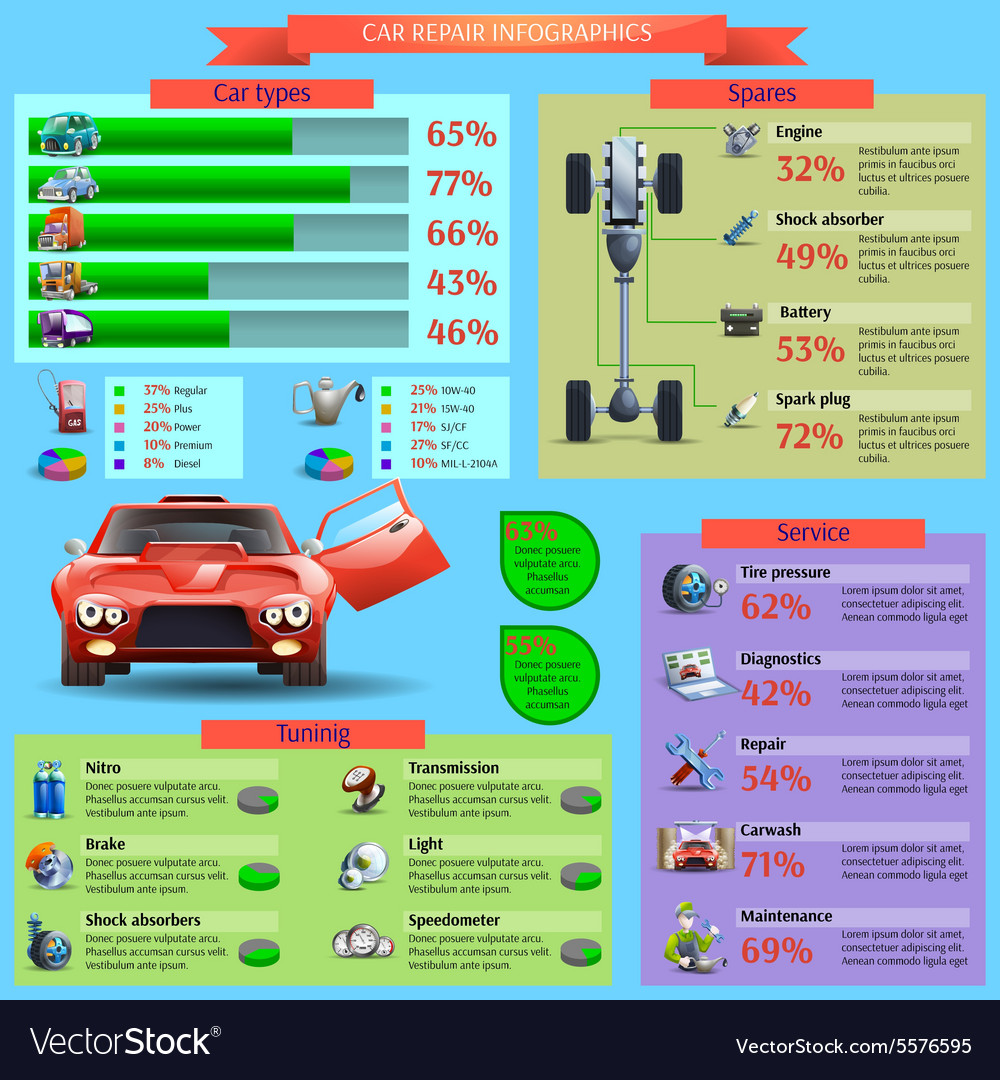Analyzing Your Automobile'S Caution Indicators: What They Really Convey
Analyzing Your Automobile'S Caution Indicators: What They Really Convey
Blog Article
Authored By-Vinson Torres
When you lag the wheel, those radiant warning lights on your control panel can be a little bit complicated. Do you understand what they're trying to tell you about your vehicle's health? Comprehending Related Web Page of these lights is crucial for your safety and the durability of your lorry. So, the next time one of those lights appears, wouldn't you want to decode its message accurately and take the needed steps to resolve it?
Common Caution Lighting and Interpretations
Determine usual warning lights in your automobile and recognize their meanings to make sure risk-free driving.
The most typical caution lights consist of the check engine light, which signifies problems with the engine or discharges system. If this light begins, it's vital to have your vehicle inspected immediately.
The oil pressure warning light suggests low oil stress, needing prompt focus to avoid engine damage.
A flashing battery light could suggest a malfunctioning charging system, possibly leaving you stranded if not addressed.
The tire pressure tracking system (TPMS) light informs you to reduced tire stress, influencing car stability and gas efficiency. Neglecting this could lead to unsafe driving problems.
The ABS light suggests a problem with the anti-lock braking system, compromising your capability to stop swiftly in emergencies.
Last but not least, the coolant temperature level warning light warns of engine overheating, which can result in extreme damages if not settled swiftly.
Comprehending these common warning lights will help you address problems immediately and keep safe driving problems.
Value of Prompt Focus
Understanding the usual caution lights in your vehicle is just the first step; the relevance of without delay resolving these warnings can not be highlighted enough to guarantee your safety on the road.
When a warning light brightens on your control panel, it's your vehicle's method of communicating a possible concern that requires focus. Ignoring these warnings can lead to extra serious issues later on, endangering your security and possibly costing you more in repairs.
Prompt focus to warning lights can stop malfunctions and crashes. As an example, a blinking check engine light might indicate a misfire that, if left neglected, might trigger damages to the catalytic converter. Addressing https://oilchangeprices28495.azzablog.com/32241854/astonishingly-hassle-free-mobile-car-outlining-services-not-just-save-you-money-and-time-yet-additionally-boost-your-automobile-s-long-life-uncover-exactly-how-they-can-change-your-routine can save you from an expensive repair service.
Likewise, a brake system cautioning light may signify reduced brake fluid or worn brake pads, important elements for your security when driving.
Do It Yourself Troubleshooting Tips
If you notice a warning light on your control panel, there are a few do it yourself repairing tips you can try prior to seeking professional aid.
The initial step is to consult your auto's handbook to comprehend what the particular warning light shows. Sometimes the issue can be as basic as a loosened gas cap setting off the check engine light. Tightening up the gas cap might solve the problem.
One more typical concern is a reduced battery, which can activate various advising lights. Inspecting the battery links for rust and ensuring they're secure might deal with the issue.
If a warning light persists, you can try resetting it by separating the automobile's battery for a couple of minutes and after that reconnecting it. Additionally, checking your car's liquid levels, such as oil, coolant, and brake liquid, can aid repair cautioning lights associated with these systems.
Final thought
In conclusion, understanding your car's warning lights is crucial for maintaining your automobile running smoothly and securely. By promptly dealing with these signals and recognizing what they mean, you can prevent pricey repair work and possible failures.
Bear in mind to consult your car's guidebook for certain details on each cautioning light and act appropriately to make sure a hassle-free driving experience.
Keep informed, stay risk-free on the road!
